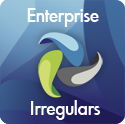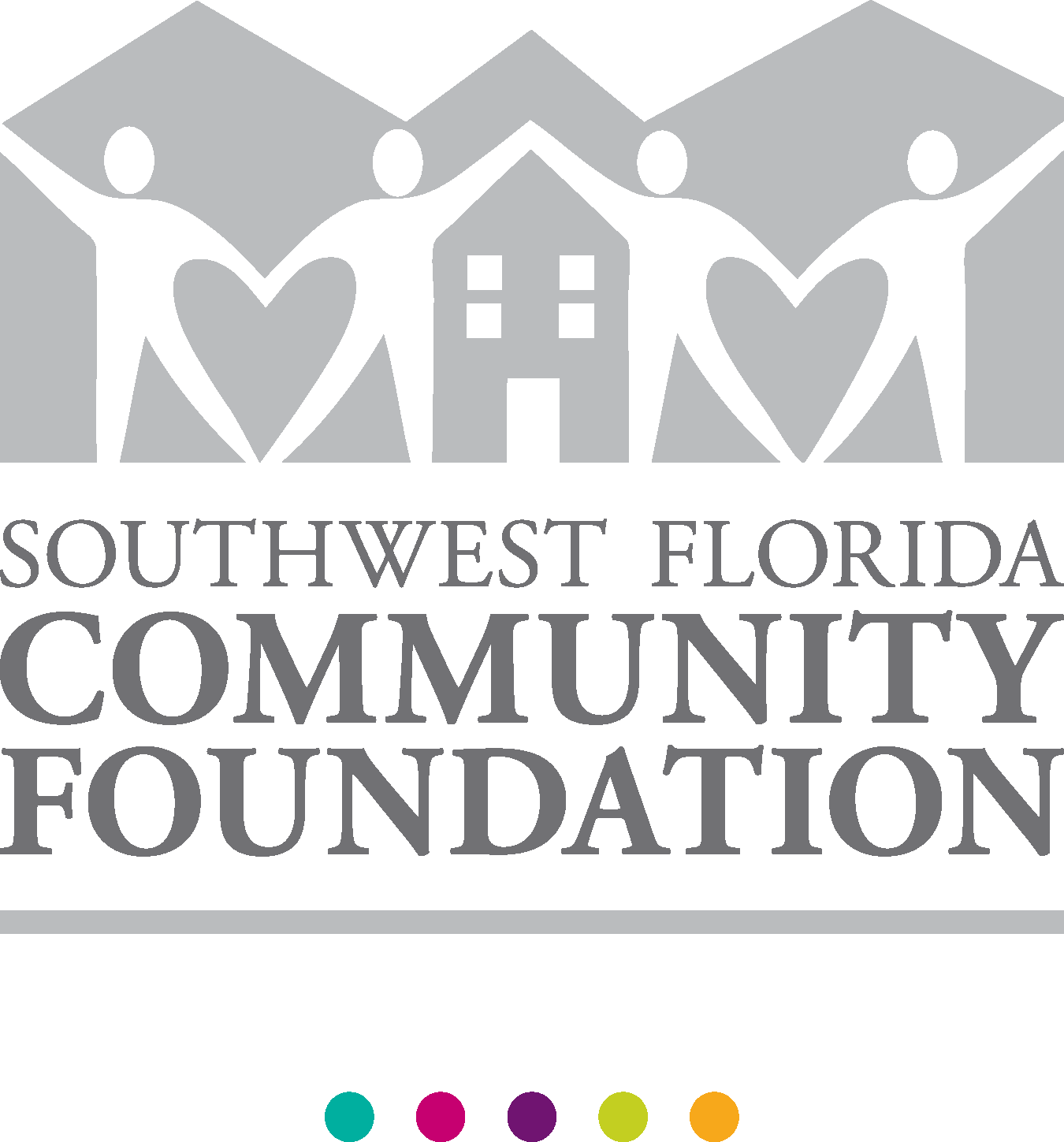2-12-2012 I just couldn’t help myself on this one. After another week of non-stop M&A fall-out from Oracle/Taleo, I was reminded of the post below, written just over a year ago, and thought it was not only worth a reread but also an update. Some of it reads like I really did have a crystal ball, but most of what’s been happening was VERY easy to predict. Now I’ve gone back, using blue for visibility, and brought this old post up-to-date, at least as of this moment. G-d only knows what tomorrow will bring. And as before, in the interests of full disclosure, so many of the vendors/providers mentioned below have been, are or will be Bloom & Wallace clients that it’s best to assume that I’m ecumenically biased. Also nothing learned under NDA — and I need a tracking system to track all that I’ve signed — has been used in this creation or update of this post, nor have any delightful fairies been harmed.
There was a ton of consolidation in the HRM software and services market during 2010, and 2011 is off to a roaring start with SumTotal’s acquisition of GeoLearning. There’s a lot more to come (and it came in spades in 2011 and the start of 2012), and speculation is already rampant about:
- which LMS vendor SuccessFactors and/or Peopleclick Authoria may acquire? and what about Kenexa is this regard? [Well, SFSF acquired Plateau 4/2011, PeopleclickAuthoria changed its name to Peoplefluent and acquired Strategia late 1/2012, and Kenexa acquired Outstart early 2/2012. There’s not much of size and breadth left to acquire in the LMS market, and perhaps all the so-called talent management suite vendors (at least those based in North America or the EU) who wanted one now have what they need, but there remain a ton of smaller/niche learning-related vendors, and I see no reason why they might not bulk up among themselves and/or be swallowed up by smaller talent management vendors who still need to round out their offerings.]
- whether/when/how Salesforce.com will expand into the HRM market more directly and on a grander scale than via their own lab efforts and a range of small fry building HRM-related applications on the Force.com platform? [And expand they did, with the acquisition of Rypple 12/2011 and putting John Wookey in charge of the initiative into HCM applications. If I were a betting woman (and those who know me well would say that I am only when the odds are in my favor), I’d bet that SFDC has already concluded that, to make much more of a play in HCM, even in edge/social/collaborative HCM applications, they’re going to need a whole lot more of the underlying object model, domain knowledge and enabling architecture (think systemic effective-dating and cross-tenant inheritance of regulatory requirements) than they may have acquired with Rypple and that they may well do another acquisition to speed them on their way. Who might be on that list? Easiest would be Java-based HCM vendors (and with many thanks to Bennett Reddin here) such as Saba (which has a solid collaboration foundation).]
- what further acquisitions the private equity firms already in our space may make (and it’s too long a list to print here) as well as which PE firms may yet enter our markets? [Just some highlights here — iCIMS, which had been entirely self-funded, took its first PE funding 1/2012 from Susquehanna Growth Equity; Workforce Software took additional money from K1 Capital in 11/2011; Accel-KKR took a majority interest in Infinisource 9/2011; the very big private equity-funded (so Golden Gate Capital) acquisition of Lawson by Infor 7/2011 that I wrote about here; SumTotal, owned by Vista Equity Partners, beefs up with acquisitions of Accero (already owned by Vista) and CyberShift; Frontier Capital’s taking a large stake in Celergo 4/2011; PeopleclickAuthoria’s (now Peoplefluent’s) acquisition of Aquire, entirely funded by their joint owner Bedford Funding 4/2011; and so many more.]
- where ADP might go next, e.g. to create less dependence on their GlobalView partnership with SAP via acquisition of a more complete/less expensive/functionally broader global HRM platform and/or to acquire more in-country players to serve emerging markets with owned capabilities rather than via partners? and this same question, about acquiring in-country players, should be asked about NorthgateArinso and others? [ADP has focused substantially on their own new Vantage product and hasn’t done any blockbuster acquisitions since my original post; Ceridian will now own DayForce (2/2012) and has positioned its software platform as their future; and ADP has been mentioned more than once as a possible acquirer of Cornerstone OnDemand, their long-standing partner for the talent management needs of their larger/more complex/more global clients even as they build out the talent management capabilities of Vantage. My own view is that ADP will not be willing to pay what Cornerstone OnDemand expects in the wake of the multiples paid by SAP for SuccessFactors, Oracle for Taleo or Salesforce.com for Rypple.]
- whether Lawson, perhaps with pressure from substantial investor Carl Icahn, will be on Infor’s or someone else’s shopping list or improve their stock price via a bold sell-off of lower performing assets coupled with an equally bold foray into true SaaS via a further acquisition in our space? [Swallowed up by Infor as predicted 7/2011.]
- when (and if?) Cornerstone OnDemand will IPO given their much smaller size than some of their bulkier, publicly traded talent management competitors versus becoming an acquisition target for a private equity firm or established HCM player wanting Cornerstone’s multi-tenant SaaS architecture? [They did IPO 3/2011, but that hasn’t stopped them from being a potential acquisition target. Even as they are doing well, the multiples achieved by SuccessFactors and Taleo must look VERY attractive to their investors — and those multiples won’t be available for long.]
- how much runway do some of the smaller workforce management vendors have given a new burst of energy from Kronos around its user experience, mobile capabilities, and global expansion — and when might Kronos itself be considering further acquisitions of its own and/or an IPO to provide a liquidity event for their private equity owners? [I continue to see Kronos as a potential acquirer, perhaps to update/expand its limited HRMS footprint or to add some additional talent management capabilities beyond staffing, even as they must be considering how best to realize the needed return for their private equity owners when they expect a liquidity event.]
- and speaking of private equity owners liking their liquidity events, what’s the most likely scenario for Ceridian’s owners to achieving their return of capital? and what about those folks at Vista Equity Partners who own SumTotal et al? or General Atlantic over at TriNet? or KKR and Northgate Arinso? (Boy, that list of HRM software/services companies that are PE-owned is impressive!) [And that list got bigger in 2011/early 2012, used up some of the runway to liquidity for a number of private equity-owned vendors in our space, and raised expectations in the face of the big multiples being paid for SFSF and Taleo.]
- what about those interesting smaller players like Rypple, Sonar6 and similar getting acquired for the energy and modern technology that they bring? there are some very interesting small, niche players in our space that have also been talent magnets, but one wonders how much scale they can build with their mostly quite narrow products in a market that favors bulking up? [Well, we know the ending of Rypple’s story, but there are no lack of exciting, nichey/edgy applications vendors, particularly in all things sourcing/staffing, to fill out the show floor at HR Tech 2012. That said, it’s equally clear that most of these will never achieve the valuations for which their founders/owners are hoping, simply because timing is everything. What I do see are a growing number of me-too innovators chasing too few buyer dollars as so many buyers are trying to sort out what they should do about the basics of HRMS, talent management, workforce management, global/social/mobile/analytics and more.]
- which PEOs will be the mega-aggregators in this uniquely American business model, not to mention the global roll-up underway in indigenous payroll service bureaus where small fry around the world simply can’t keep up with the technology investments this business now demands? the same could be asked about 3rd party benefits administration players in the US, which is also ripe for further roll-ups by the big guns: and, my personal favorite?
- who will be left standing among the formerly independent talent management single process automators, from consolidation across the background checking firms to those offering the classic ATS and right on through performance management and org charting/management?
But this post isn’t about all the possible M&A/IPO/etc. events that may occur in 2011 and beyond. It’s about the fairy tales that surround such liquidity events from the perspective of their impact on customers and what not to believe. With examples I’m making up and which don’t represent any specific HRM software companies, living or dead, here’s my view of the fairy tales that are launched with the press releases surrounding these deals along with their true meanings:
- We (the acquirer) will continue to support all product lines fully— Almost no acquirer ever says, in their first press release, that all investments in major architectural overhauls [not to mention the agility, innovation, etc.] will now stop for one or more of the combined product lines, but that’s exactly what does happen. No vendor can afford to advance equally a series of wildly different product architectures. What they can do, and what the most sincere and capable actually do, is continue to add features/functions within the framework of each product’s existing architecture and object model, while they figure out how to sunset and/or converge them, choosing one of the product lines as having the winning future state architecture and object model (the desired outcome when the deal was done), realizing that they must create a new architecture and object model onto which to build the full range of covered functionality in order to create their future state product line, or simply to mine the acquired customer base via upsell, price increases, and taking out costs. Where historical data isn’t important, where configurations (gasp! or customizations) are limited, and where other elements of implementation complexity are modest, migrating to a new and/or converged platform need not be life-threatening, but it’s certainly not a non-event. But in most cases where the software in question provided broad HRM functionality, there’s a fair amount of time and effort (translate: cost) to the customer for that migration even if the vendor doesn’t add to that cost. I could name names here, but there’s no need as most of my readers know of whom I speak. [What’s really important to understand when your favored vendor gets a new landlord, is that it matters tremendously why your favored vendor was bought. Does the new owner really want/need the software they’ve acquired as part of their own development plans or were they buying a revenue stream/customer base for upsell/gap filler/competitor killer/defensive play/etc.?]
- We (the acquirer) are delighted with our new colleagues and expect to retain all of them – Almost no acquirer is ever able to retain all the best talent that comes with the acquired vendor. Some of the leadership wanted to cash out or just wanted out, either of which could have been the impetus for the deal. Or that leadership has been sufficiently unsuccessful that the acquiring company’s leadership isn’t likely to want to perpetuate the source of those business/personal failings. Great software people quickly notice if their products aren’t going to be the next generation platform for the consolidated company, and they pick up their marbles and leave. And there are many more good reasons, for staff of both the acquiring or acquired company, to decide it’s time for a change, to include being immediately courted by other firms which assume that may be the case. IPOs can produce the same effect, with some folks taking their money, after years of forced death march schedules, and just kicking back for a while. But whatever the myriad reasons for staff changes, to include the natural effects of consolidation in eliminating duplicate roles, count on these events to cause a fair amount of churn in the new organization’s design and staffing. Does that matter to customers? Have you ever been forced to change hairdressers or barbers and dreaded that first haircut? Even when the new haircut is noticeably better than you’d ever had before, we creatures of habit and inertia rarely switch hairdressers unless the old one about cut off an ear. How else would you explain the many companies still running my Snowdons of Yesteryear (and clinging to the next generation of Snowdons) under cover of darkness?
- Our customers can expect to see only improvements in their support, product roadmaps, and overall happiness as a result of this event– this may well be true if you were the customer of a dying vendor which has been picked up by a thriving one once you and they are over the hump of needed changes, which can include your migration to a different software platform, agreement on a different contract/SLA/etc., working with a new support team, and more. And it could also be true if your vendor has been acquired for an amazing set of assets that they just hadn’t exploited well but which will now be given the love and support they need to blossom by a new owner who is more passionate about HRM and whatever your acquired vendor’s product does than they are about getting the costs out quickly. But HRM #EnSw vendors rarely become acquisition targets unless they’ve got a problem — aging architecture, lack of market momentum, exhausted or inadequate leadership, lack of profitability, inability to scale product/sales/support/etc., lack of capital to challenge market leaders, etc. – unless the acquirer is trying to take out a major threat competitor. But even then, that threat competitor might well have been able to fight off the acquirer if they were gunning on all cylinders. So even under the best of circumstances, all customers of the combined companies need to keep a careful eye on what’s happening there and invest more than they had been investing in their vendor relationship governance as well as competitive landscape assessment while the combined companies sort out their organizational design and staffing changes, separate and/or converged product roadmaps, product architecture convergence or refresh, rationalization of contracts across all customers, etc. There’s no rest for the weary here as change, even change for the better, always brings extra work.
So what should I have offered in my earlier post as advice and a bottom line for buyers? What do I wish I had said then but am determined to say now? STOP! Don’t make another investment (except what’s needed just to keep the lights on) into products that have new landlords — or are likely to have such at any minute — until you’ve got a great and freshly updated HRM/HRM delivery system strategy in place. And don’t make another investment into products whose owners have them on life support, have declared them legacy, or are otherwise focused heavily on a different future for their products than the ones you’re using now — until you’ve got a great and freshly updated HR/HRM delivery system strategy in place. You should always keep your HRM/HRM delivery system strategy in good shape so that you can use it against which to test new business needs, make further investments, continue roll-outs, emphasize what’s important to your customers, and help ensure that HRM drives business outcomes. But if you’ve been a little lax, if you’ve never had a clear enough strategy to guide you through M&A-land, now’s the time to get your act together. And here’s where you start https://infullbloom.us/?p=2857.
Change is change, and it’s never without extra effort on everyone’s part even when it’s change for the good. When we went from S/V Mar-Lin Nights to M/V SmartyPants, a change for which we had long prepared and one anticipated with great enthusiasm, it was nevertheless daunting to take the controls of our new trawler for the first time. So when ownership/leadership changes happen suddenly, and without your advice and consent, to the vendor of one or more of the HRM delivery system platform components upon which you rely, it’s little wonder that you feel some whiplash. [And these last few months have brought more whiplash than ever because of the sheer size and reach of Taleo and SuccessFactors.] Therefore, it shouldn’t surprise anyone that the “new”company’s leadership puts out soothing messages all around. But despite the best intentions of everyone concerned, prepare for the possibility of some disruption when you hear that your vendor has just been acquired. If you’re faced with a rocky ride, you’ll at least be prepared. And if you’re pleasantly surprised, shout that acquirer’s praises to the heavens or via a comment right here. [For more coverage of M&A on my blog, here’s a selection of posts that may be of interest https://infullbloom.us/?cat=32]
With many thanks to the publishers of Golden Books for their book cover used here and to lyricists Carolyn Leigh and Johnny Richards for the song ”Young at Heart” popularized by Frank Sinatra.







[…] all the consolidation going on in talent management, how can we determine if our vendors will be acquirers or be […]
[…] So, with our industry still consolidating, I present my top ten list for ensuring that you’re prepared to deal with any eventuality when it comes to your own HRM delivery system. […]
[…] http://infullbloom.us/?p=2989 the different views of customers and investors on HR technology http://infullbloom.us/?p=2998 vendor consolidation fairy […]